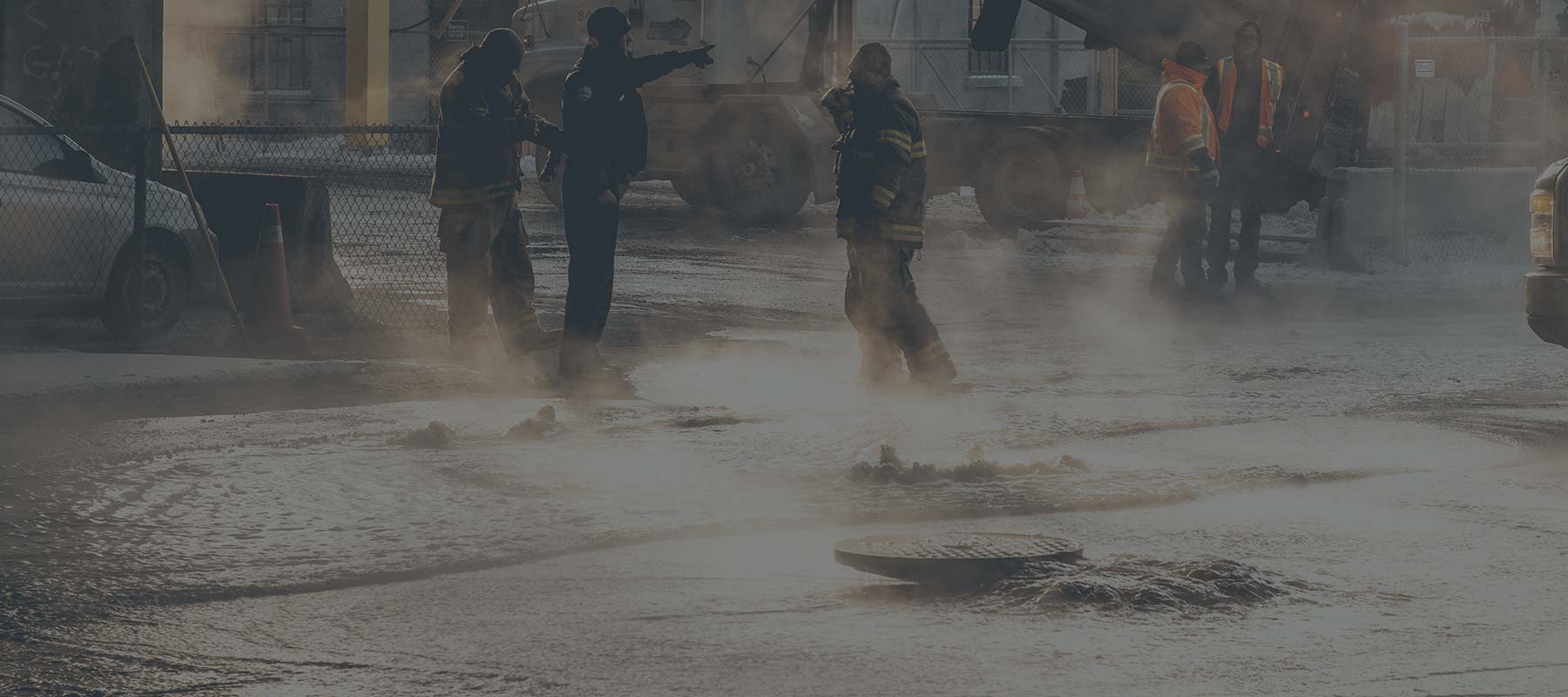Fire and Emergency Medical Services (EMS) chiefs are increasingly being asked to measure, report, and improve response performance and how they utilize their resources. They are being asked to justify budgets and expenditures in terms of expected performance, and must keep staff satisfied and healthy by rationalizing how they are utilized.
So, how do you identify opportunities for improvement, and what are the most cost-effective ways to do so?
Measure, report, improve…but how?
In this article, we introduce a framework for evaluating response performance, and provide some initial guidance on how to identify promising paths to improvement. In future articles, we dig more deeply into individual strategies. For the purposes of this discussion, we’ll assume that the service is using a fractile response target like 90 per cent in eight minutes. Any time intervals we discuss will be median.

The response performance framework:
We divide the drivers of response performance into three main categories:
- setup time
- proximity
- unit availability
There are a number of components under each of these, but we will focus on the main three for each. The tree diagram above illustrates how the pieces fit together.
Let’s first look at the three main trunks: setup, proximity, and unit availability.
Setup time has the largest impact on response performance.
Poor setup time is often much less costly to address than the other groups. As a rule of thumb, a 10 second improvement in setup time creates a one per cent performance boost. Availability is more costly. A 10 minute improvement in availability (scene, transport, or hospital time) gets approximately the same one per cent performance boost. Finally, proximity is the most expensive. An additional station or unit added at the most strategic location can yield the same one per cent improvement.

How does each branch impact performance individually?
Call handling
Call handling and dispatch times are typically in the order of 20 or 30 seconds each. Anything longer than this suggests a closer look at the handling (and handoff) process is needed. The most effective services collect the most important information first (location and nature of call) and get it to dispatch as soon as possible. Problems may also arise if there are not sufficient resources available to handle spikes in call volumes, or if the Computer Aided Dispatch (CAD) address lookup or unit recommendations are inaccurate.
Chute/turnout
Chute times often have opportunities for improvement, particularly at night. For EMS services, they should be in the order of 30 to 45 seconds, while fire services are typically in the 90 to 120 second range. Accurate tracking is important; a station may look quick, but in reality may be responding to a lot of calls while returning from a previous one. Gains can be made by educating responders (each 10 seconds is worth one per cent), improving egress from the station, and implementing pre-alerts.
Drive times
Drive times are dependent on unit proximity and road network congestion. As a rule of thumb, your average drive time should be in the order of four minutes, which would allow you to meet an eight-minute response 90 per cent of the time. To improve drive times, the number and location of stations is important, but so is traffic pre-emption and appropriate policies on lights and sirens response.
Post-arrival times
Although their impact is not direct, scene, transport, and hospital times can negatively impact performance. For EMS systems, scene is typically around 20 minutes while transport and hospital can vary wildly. Scene times for fire services are heavily dependent on call mix and are typically a combination of very short (false alarms) and very long (structure fires). An overall average of 10 minutes is reasonable. Improvements here are possible through education and appropriate dispatch policies (do we need to send two units to a chest pain call?). For EMS, improving hospital times is often the largest gain (we will look at this in more detail in a future article).
Schedule
Where demand scheduling is possible (more common in EMS services), matching the schedule to hourly call volumes can have an impact. There are a number of moving parts: time on task peaks in the late morning as hospitals get congested, call volumes peak in the afternoons, and call types that require multiple unit responses are influenced by rush-hour traffic volumes. Have your team tally up the average number of vehicles on calls at each hour, and compare this to the number of units scheduled at each hour. Arranging your shifts so that they closely match the units busy at each hour of the day can add up to one per cent in performance.
Redeployment/backfill
Redeployment allows you to increase your odds of being nearby when a call comes in. A full system status management plan (or moveup plan) can improve performance by a couple percentage points, but there is a cost to crew satisfaction. We have found that most of the gains can be made using a more targeted approach. Your two or three busiest regions hit your performance the hardest. Backfilling from quieter regions will improve performance with much less impact on your crews.
Unit hours
Adding additional crews and trucks to deal with demand spikes is a common (yet costly) intervention. For a mid-sized service, an additional unit is worth somewhere between half and one per cent of response performance improvement (assuming that it is added where and when it is needed the most). Returning vehicles to service more quickly or reducing absenteeism has the same effect.
Putting it all together
Evaluating your system at the station (or run area) level will give you the most insight. For instance, station-specific turnout times might identify a problem with egress. Station-level call volumes will give you an idea of who is busiest and in need of backfill (and who is least busy and able to fill in).
In general, your efforts should be directed first at setup times (chute, call handling, and dispatch), then at targeted backfill or traffic pre-emption, and to the most costly activities last (adding units or moving stations).
Final word of advice: make sure you monitor your response performance both before and after making adjustments to see if you are realizing any gains.


